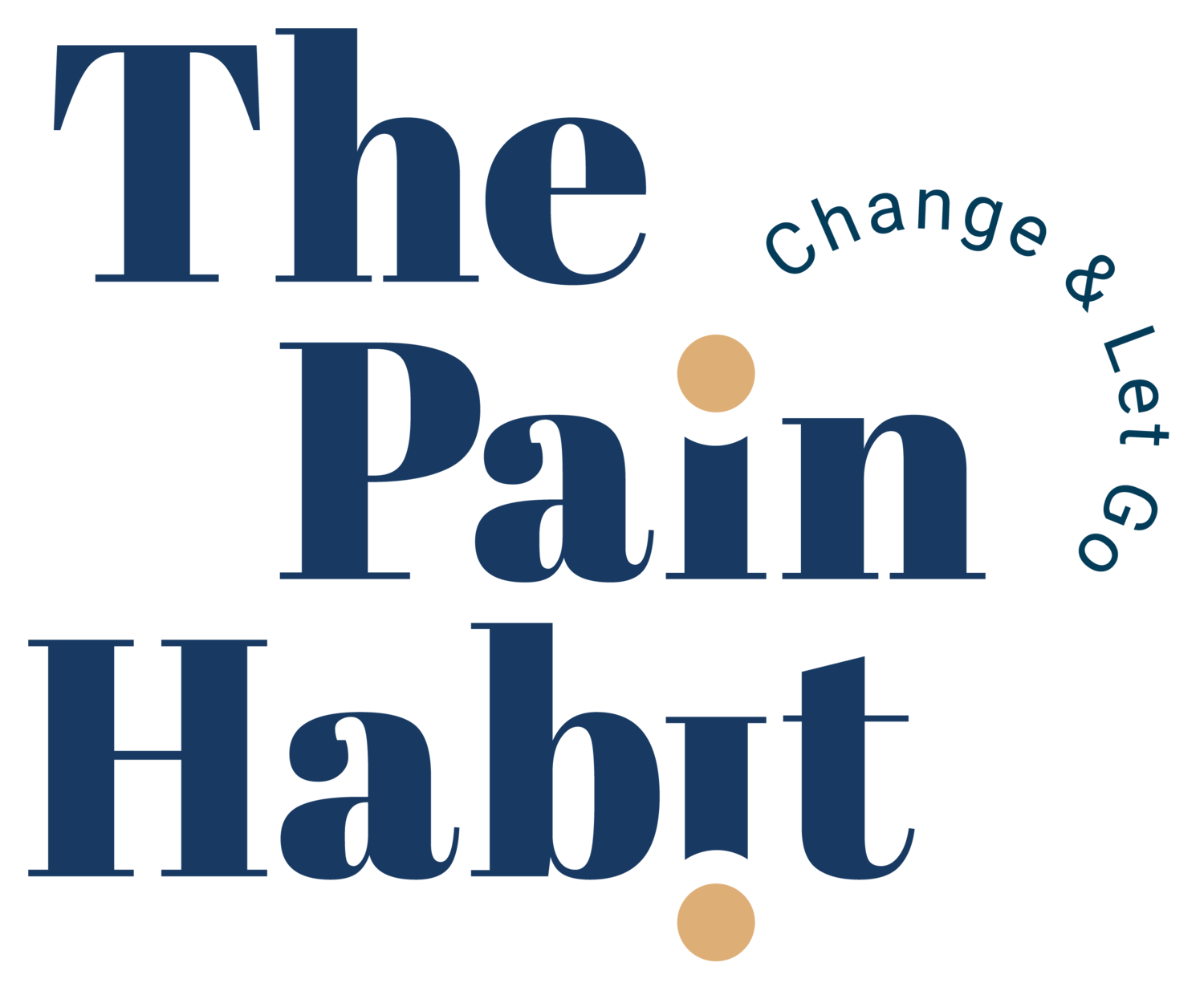Pain: What To Do Next?
An Online Chat
After chatting with someone online, I was impressed with her level of knowledge on pain. The circumstances of her pain related to persistent pain following an attack of shingles. She’d had several episodes over the years, and this one had been the worst and left her with residual pain that she found difficult to get rid of despite what she had studied and read. But, of course, this doesn’t always guarantee success as quickly as someone wants because pain is an unconscious process. Fortunately, conscious mechanisms influence unconscious ones. However, applying those mechanisms without judging them is vital, so here are some follow-up words for her that may also have relevance to you.
Thankyou
Thanks for your time today.
You certainly have done some work.
Now use that knowledge to understand why your pain has stayed, but don't use it to try and get rid of it. Releasing pain is about letting go, and if you no longer need the pain to remind you how hard that time of your life was in 2019, you no longer need that pain.
You must present this idea to your unconscious logically as it takes everything you say and thinks very literally, just like a child.
Protective Installation
It has installed this pain for a protective reason.
It substitutes the emotional pain by distracting you from feeling the fear, anger, frustration and whatever else you were experiencing at the time. It can't allow you to continue the intensity of that behaviour again for the length of time you did. You didn't do this on purpose, but you were overusing all the resources available in that fight for survival.
It gives you that pain after the event is over, not to punish you but to remind you never to push yourself so hard again when it is just trying to keep you alive.
Precipitating Event
That's why there's always a precipitating event for these types of pains, and it sounds like your shingles have been your unconscious mind's favourite burnout safety mechanism over the years.
This time it looks like the event was particularly life-threatening.
When trauma with a capital T occurs, the protective mechanism of shingles needs to crank up. The more vital defensive message appears because if a similar situation happens, the regulatory agencies of the organism may struggle more than they did in that 2019 moment.
Overinvest in Caring
You have to over-invest in caring for yourself, and this will undoubtedly feel counterintuitive and probably uncomfortable as an idea. So you have to calmly convince your unconscious mind that you have got this covered, no matter what situational cues that appear and it reacts to on your behalf.
You no longer react to the memories of the past, the sensations of the present or the fears of the future, and it will reduce today's overprotective pain.
Your brain and body can return to their regular and balanced homeostatic tasks and leave you to decide what is the best next step.
Well-Trodden Pathways
Your brain already has well-trodden methods of feeling safe, but most of them come from cortisol and adrenalin bathed pathways of being busy in some way that gives a form of validation.
Unfortunately, these are overly energetic pathways to use for recovery from the pain that originates in trauma and overload.
The feelings of safety must come from serotonin and oxytocin generating behaviours such as love, care, kindness, and compassion with boundaries made to allow you to breathe, move, think, and feel in ways that represent authentic safety.
Using a reward-based mechanism to trigger the dopamine system rewiring capabilities is like praising a child who has been naughty all day for that little bit of good behaviour that you're keen to see.
Child And Parent
You are both the child and the parent in this situation. The child is the scared part of your brain that holds the key to freeing you from this pain, and you as the parent must approach the child calmly with reassurance if you want it to hand you the key.
It takes patience, assertion, commitment, and some repetition, but the tipping point for us is much closer than we could ever imagine.
Although these things have a natural healing glow, it doesn't relate to time or repetition.
Magic Moment
The magic moment comes from showing yourself emotions of love that you may not have learned to show yourself, or circumstances may have led you to forget how to do that.
But the moment you genuinely show authentic kindness to yourself, the child will hand over that key, and before you take it in your metaphorical grasp, the pain will start to disappear if it hasn't already gone.
Let me know how you get on.
What’s next?
Take Your First Step to Recovery.
Join our FREE private Facebook group, The Pain Habit Community, to see how others have successfully returned to a pain-free life. Get support on your journey.
Sign up for The Pain Habit Blog below.
Subscribe to The Pain Habit YouTube channel.
Buy The Pain Habit book. Order here.



